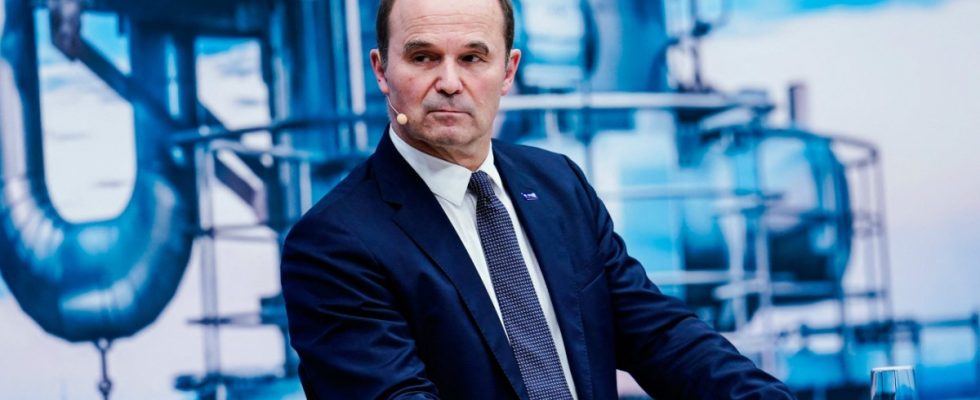It’s been a long time since he heard someone in the company ask the question: “Is he crazy?” That was the title of an interview that BASF CEO Martin Brudermüller gave to the weekly newspaper The time in autumn 2021. The interview was about the company’s climate goals and how it wanted to achieve them. When he initiated the transformation, Brudermüller said at the time, there were many skeptics in the company: “Engineers who rolled their eyes: Is he crazy?” He liked the title, says Brudermüller in Berlin.
A few months before his term as CEO of BASF ends in April, he wants to take stock of one of his most important projects. “We are on the right track,” says the manager. There is now real competition between the group’s locations to see who can make the greatest contribution to the transformation.
Brudermüller has been leading the group since May 2018. He gave himself six months to explain what he was planning to do in November 2018. He was the first BASF CEO to set a climate target for the company, which was and still is one of the largest emitters of greenhouse gases in Germany. From 2018 onwards, BASF wants to keep its greenhouse gas emissions constant at the 2018 level, i.e. the emissions that arise from its own production and the generation of steam, cold or heat (Scope 1 and 2). In 2018, emissions were 40.1 million tonnes of CO₂ equivalents, the majority of which is carbon dioxide (CO₂).
In spring 2021, Brudermüller followed up. By 2030, BASF wants to reduce its emissions by a quarter compared to 2018 and be climate neutral from 2050. For BASF, climate neutral means: net zero emissions. It does not mean that BASF no longer emits greenhouse gases. Neutral means: the balance sheet should be balanced. In 2022, emissions were 18.4 million tonnes of CO₂ equivalents. By 2030 there should be 16.6 million tonnes; without organic growth it would already be ten million tonnes. But BASF wants to grow, even if things aren’t going so well at the moment. The paper costs a good 43 euros on the stock exchange.
BASF will not let up in the transformation to net zero, says Brudermüller. Neither do his successors. It won’t be a walk.
Brudermüller cannot avoid one question when it comes to the company’s opportunities and risks. The question is: What happens if China annexes Taiwan? “Taiwan is always the killer argument,” says Brudermüller. In Zhanjiang, China, BASF is currently building a new Verbund site for ten billion euros. He couldn’t rule out the “horror scenario,” but: “We assess the risk of a military confrontation as extremely low.”
The “super profitable” business and growth in China helped to create a BASF that could shoulder the transformation. Without the China results, what BASF is planning in Europe cannot be financed at all. “The worst thing that could happen would be that we lose the entire China business, the new location plus what we have,” says Brudermüller. They looked at it and did the math. “BASF will survive, but that will be a BASF that is smaller and significantly less profitable.”
Brudermüller asks himself other questions: “What is the risk of being in China and what is the risk of not being in China?” He provides the answer straight away. China’s share of sales is roughly as high as that of Germany. Compared to the size of the country, BASF is underrepresented in China. And the Chinese market is growing while Europe is shrinking and overregulated. “We rate BASF’s risk of not being in China higher than the risk of being there and growing.”
He is worried about the economic conditions in Germany and Europe, and it is not the first time that Brudermüller has expressed them. He is in favor of an industrial electricity price that should soon be in place for energy-intensive companies. However, he would prefer a reduction in network fees and electricity tax, from which everyone would benefit, including grandma with a pension of 480 euros. BASF may not benefit much from the subsidized electricity price because the company produces most of its electricity in its own power plants.

